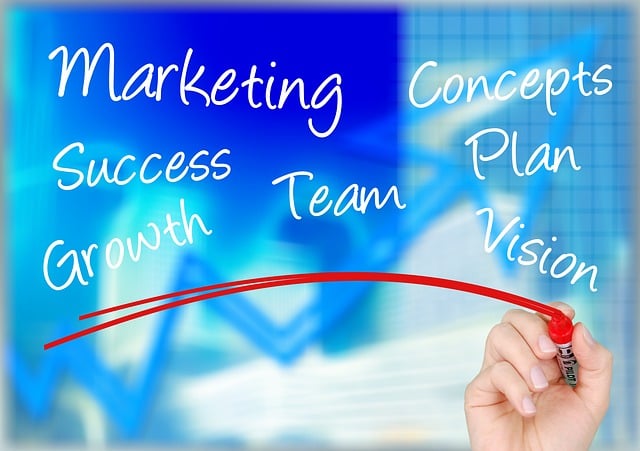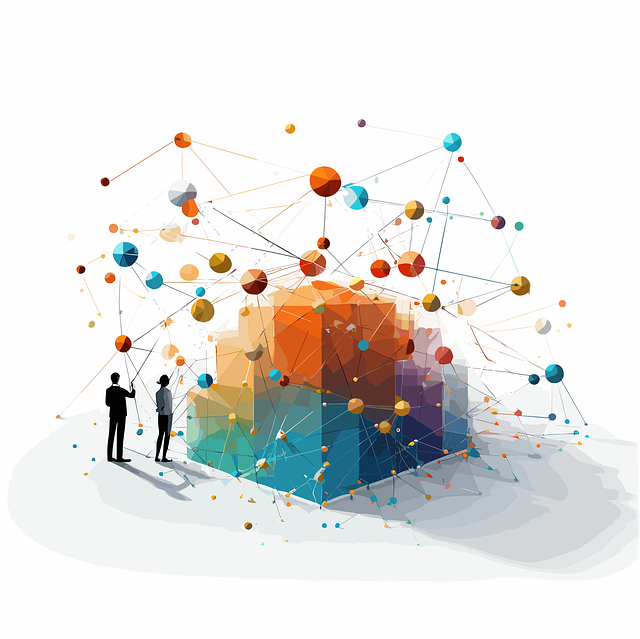In the competitive brunch restaurant market, Artificial Intelligence (AI) mimosa sales prediction tools are a game-changer. These tools analyze historical data and trends to forecast demand for popular cocktails like mimosas, helping restaurants optimize staffing during peak hours. By reducing wait times and managing labor costs efficiently, AI enhances customer satisfaction and boosts profitability. This guide explains how to implement this strategy: collect relevant data, define KPIs, choose AI forecasting tools, train the model, integrate it with scheduling software, and automate staff scheduling for optimal operations.
“Revolutionize your brunch restaurant’s operations with AI-driven staff scheduling! This article explores how artificial intelligence can transform the way you manage your team, from efficient staffing to enhancing customer experiences. Discover the power of AI in predicting mimosa sales, ensuring optimal inventory and satisfied guests. We provide a comprehensive guide on implementing AI strategies, offering a step-by-step approach to streamline your staffing processes. Boost profits and create a unique dining experience with these cutting-edge AI tools.”
- Understanding AI's Role in Staff Scheduling for Brunch Restaurants
- AI Mimosa Sales Prediction: Enhancing Customer Experience and Profits
- Implementing AI-Driven Staffing Strategies: A Step-by-Step Guide
Understanding AI's Role in Staff Scheduling for Brunch Restaurants

In today’s digital era, Artificial Intelligence (AI) is transforming various sectors, and the hospitality industry is no exception. For brunch restaurants, AI offers a powerful tool to optimize operations, particularly when it comes to staff scheduling. By leveraging AI mimosa sales prediction tools, these establishments can gain valuable insights into customer behavior and peak demand times. This data enables them to create efficient staffing plans that align with sales patterns, ensuring adequate coverage during busy periods while avoiding overstaffing during quieter times.
AI algorithms can analyze historical sales data, popular menu items, and even external factors like weather and local events to predict customer turnout accurately. With this information, restaurant managers can make informed decisions about assigning staff members, including chefs, waiters, and bartenders. Such AI-driven scheduling not only enhances operational efficiency but also contributes to improved customer satisfaction by providing prompt service and reducing wait times.
AI Mimosa Sales Prediction: Enhancing Customer Experience and Profits

In the realm of breakfast brunch restaurants, enhancing customer experience and boosting profits is an art that many establishments strive for. Artificial Intelligence (AI) mimosa sales prediction tools emerge as a game-changer in this pursuit. By analyzing historical sales data, popular trends, and even external factors like weather, these AI models can forecast with remarkable accuracy the demand for mimosas – that beloved brunch cocktail.
With such insights, restaurant managers can optimize their staff scheduling, ensuring adequate coverage during peak mimosa-drinking hours. This not only improves customer satisfaction by minimizing wait times but also maximizes profitability by efficiently managing labor costs. In today’s competitive landscape, leveraging AI mimosa sales prediction tools is a strategic move that sets restaurants apart, fostering a vibrant and profitable brunch experience for their folks.
Implementing AI-Driven Staffing Strategies: A Step-by-Step Guide

Implementing AI-driven staffing strategies can significantly enhance the efficiency and profitability of your AI breakfast brunch restaurant. Here’s a step-by-step guide to get you started:
1. Data Collection: Begin by gathering historical data on customer traffic, sales (including mimosa sales), peak hours, and staff availability. Accurate and comprehensive data is essential for training AI models. Ensure that your data includes seasonal trends and special events for more precise predictions.
2. Identify Key Metrics: Define the key performance indicators (KPIs) you want to optimize, such as wait times, customer satisfaction, and revenue per visitor. These metrics will guide the development of your AI staffing model, ensuring it aligns with your restaurant’s unique goals.
3. Choose the Right AI Tools: Select AI mimosa sales prediction tools or custom algorithms that can analyze historical data and forecast future demand. Some popular options include machine learning models like regression analysis, time series forecasting, and deep learning algorithms for more complex patterns.
4. Train and Test the Model: Feed your collected data into the chosen AI model and train it. Split your dataset into training and testing sets to evaluate the model’s performance accurately. Fine-tune parameters until the model provides reliable predictions.
5. Integrate with Staffing Scheduling Software: Once your AI model is trained and ready, integrate it with a staffing scheduling software. This integration will automate the process of creating schedules based on AI-generated demand forecasts, ensuring optimal staff coverage during peak hours and minimizing labor costs during slower periods.
The integration of AI in staff scheduling and sales prediction for brunch restaurants is a game-changer. By leveraging AI mimosa sales prediction tools, businesses can optimize staffing levels, enhance customer satisfaction, and boost profits. Following the step-by-step guide provided, restaurant managers can effectively implement AI-driven staffing strategies, ensuring a seamless and profitable brunch experience. This innovative approach not only streamlines operations but also allows for dynamic menu adjustments based on real-time demand, solidifying the role of AI in the culinary industry’s future.
